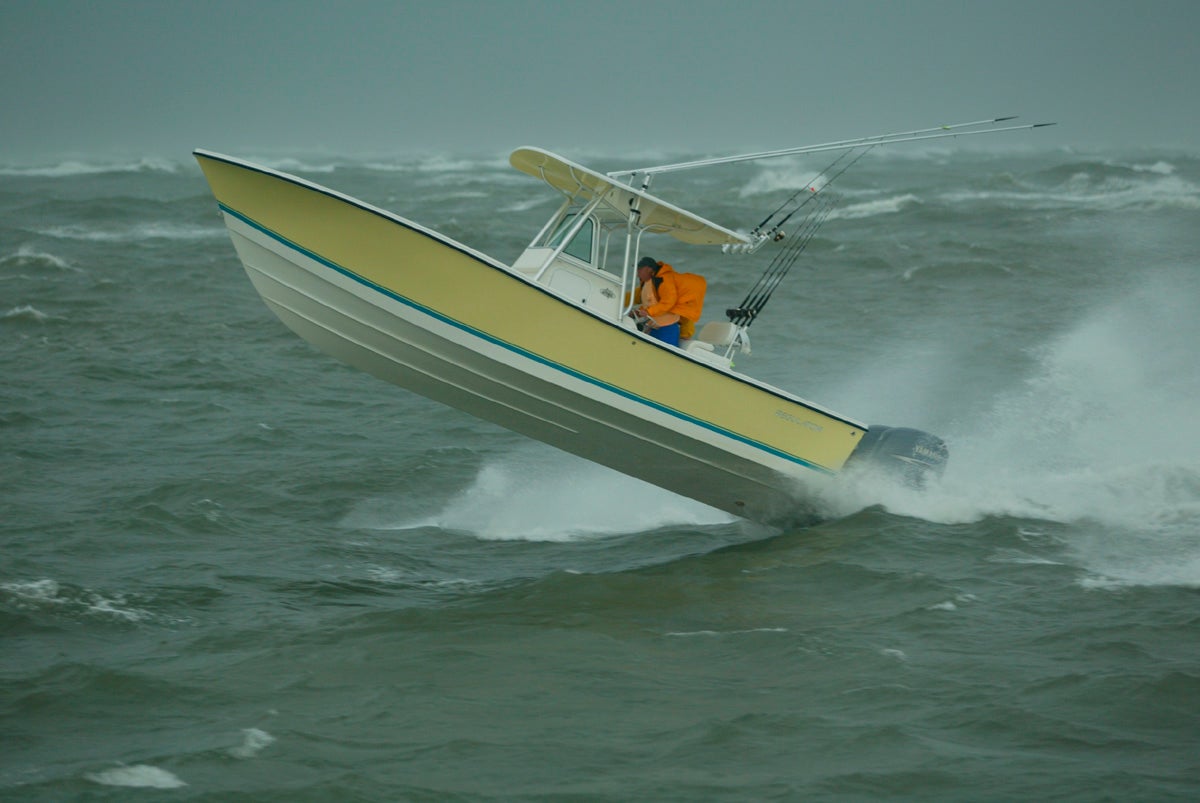Inlet Safety Tips: Coastal Boaters Beware
Bob McNally 07.27.15

With the recent story of two missing young boating anglers in southeast Florida, it seems appropriate to offer tips on running tidewater inlets, of which there are hundreds throughout America.
1) Don’t turn around in a rough-water inlet. If you get caught in water you shouldn’t be in, run completely through the inlet to open water, where waves and turbulence will be less. Turn around there, and then enter the inlet.
2) Before making a rough inlet run, wait offshore and watch waves carefully as they roll through an inlet. Get a good idea how waves break, and learn their “cycle” before making your move.
3) If your small boat has a tower, no one should be in it when making a rough inlet run. Too much weight in a tower can unbalance a boat, especially deep-V models, and cause them to dangerously lay far to port or starboard when running a turbulent inlet.
4) If a boat capsizes in a rough inlet and there are people in the water, don’t try to rescue them by stopping and hauling them aboard. This can put your own small boat in peril. Instead, cleat off a pair of stern boat lines at the port and starboard corners. Then make an inlet boat run that will pull the lines near people in the water, who should grab them and you can haul persons to safety.
5) Seek local knowledge via radio about how to run an inlet before doing so. Even if you know the inlet but haven’t run it in awhile, get on your VHF radio and raise a local angler to learn the particular nuances that can make an inlet treacherous. Channels 68 and 72 are commonly used by anglers. Hailing channel 16 can be used to learn if locals monitor another VHF channel, so you can then request inlet navigation aid.